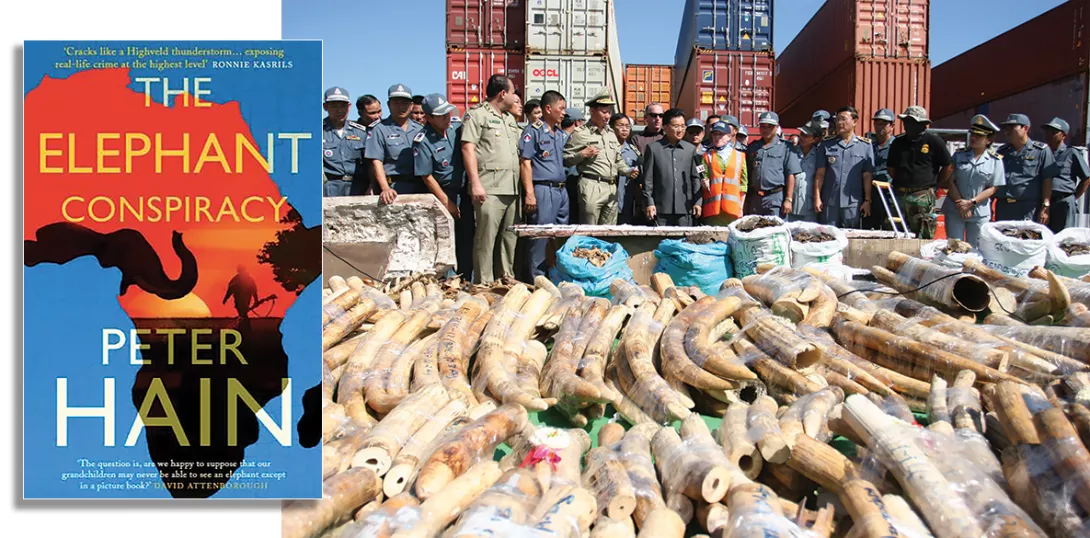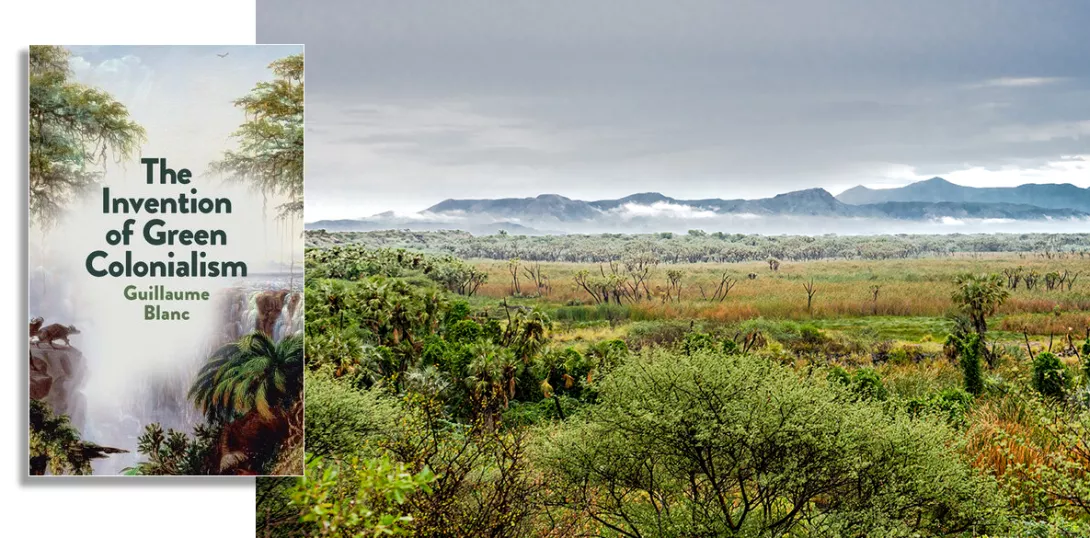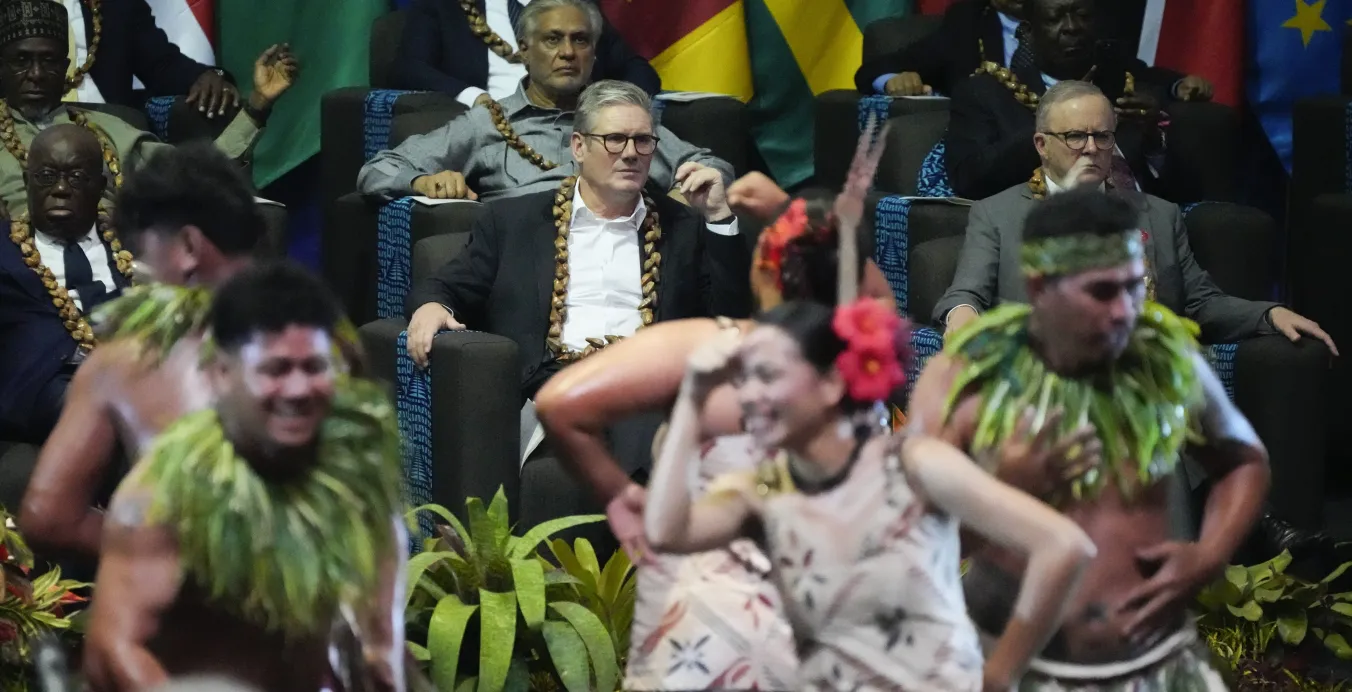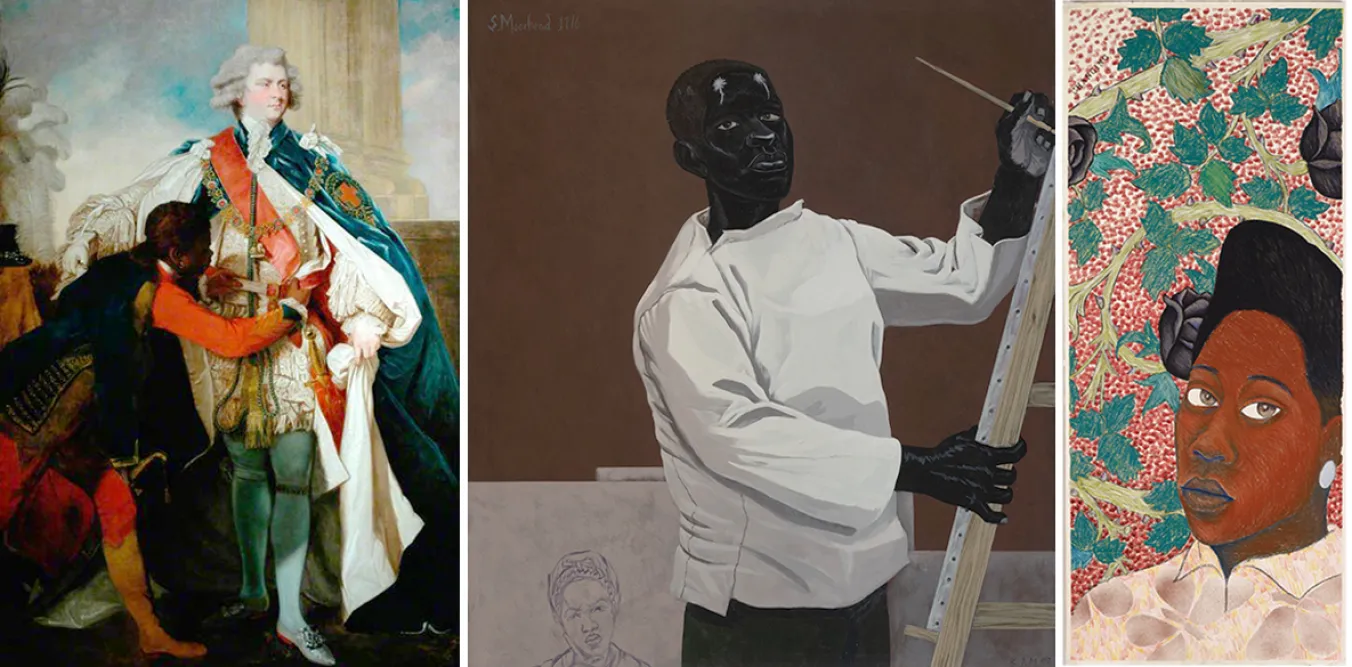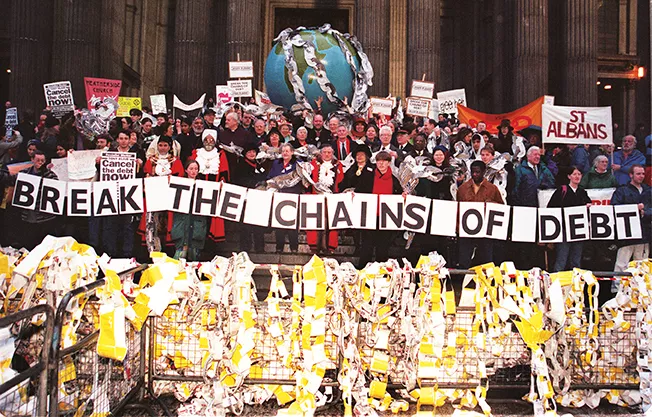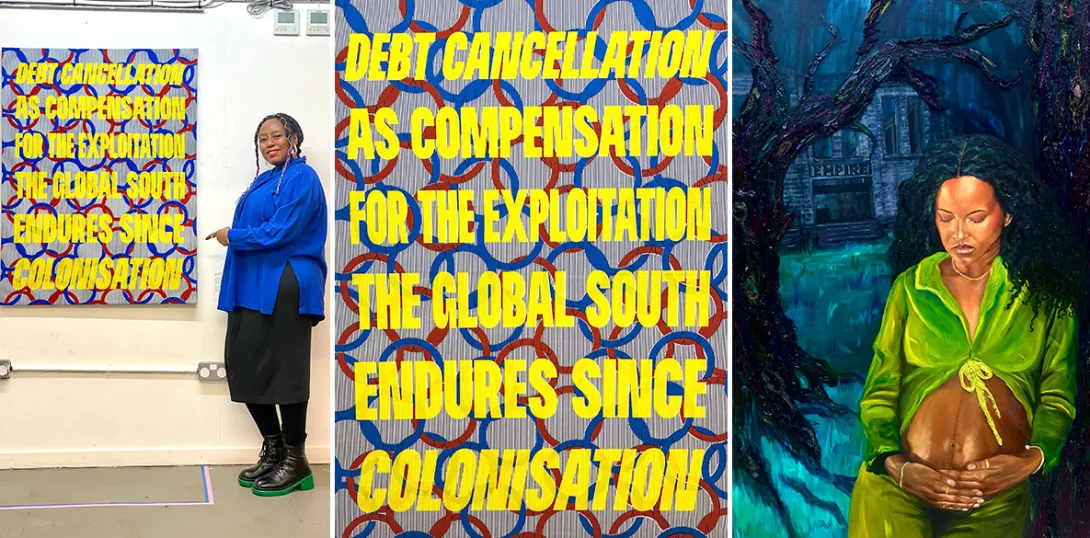
It’s the Debt You Owe: Debt, Colonialism and Resistance
Peckham Levels, London
IN 2013, while in Johannesburg during the London Recruits book launch in South Africa, I had the amazing experience of visiting a pop-up cultural event in a city centre car park.
This was happening every weekend. The air was full of the delicious smells from the many different restaurants reflecting Johannesburg’s wide cultural spectrum while the place vibrated with a wide range of African and other jazz music.
The buzz amongst the largely young black, white and Indian visitors made me recall the stories told by participants in the non-racial night life of Sophiatown in the 1950s in defiance of the apartheid regime.
In 1955 the residents were removed and Sophiatown was razed to the ground to make way for new white homes despite the best efforts of resisters including Father Trevor Huddleston, Nelson Mandela, Ruth First and Helen Joseph.
Peckham Levels has gone one step further than modern Johannesburg in creating a permanent community and cultural centre in an abandoned car park in Rye Lane.
This month it hosts an exhibition created by Debt Justice, entitled It’s The Debt That You Owe: Colonialism, Debt and Resistance. This multidisciplinary art exhibition explores how the legacy of colonialism has led to the debt crisis of today and features new work by artists with a personal connection to former colonies or countries with a debt crisis.
According to Debt Justice there are currently 54 countries in debt crisis, a figure which has more than doubled since 2015. Their dilemma is well summed up by Zambia’s recent experience. After three years of default Zambia has now reached a new debt repayment agreement with private creditors.
If the economy improves and Zambia meets the debt repayment schedules then the private debt will be cleared over the next five years. Public debt will still be hanging over them.
In return for Zambia agreeing a devastating programme of austerity private creditors will write off 3 per cent of the total.
The exhibition is intended to help develop an understanding of the long-term impact of that crisis and promote the campaign to win debt cancellation.
Among the many different media are sculpture, jewellery and music. There’s a poem on Slavery, Claims and Chains, and a spellbinding dance performance about emancipation, Dancing Beyond Cult Mind Control.
Other titles include Venezuela: the Forgotten Crisis, and Those Who Lend Us Money Are Those Who Colonised Us. I’m no art expert and visitors may find other fascinating ideas amongst the wealth and variety of the exhibits but for me two pieces in particular summed up the theme.
The first, Empire by Selena Scott, portrays the dark legacy of British colonialism in Barbados. She uses a range of materials, including embroidered bark, to provide a poignant symbol of that colonial history.
The work highlights the imagery of the former grand colonial establishment, while providing a powerful critique of way in which Britain treated Barbados and its people. She uses oil painting, a medium traditionally reserved to perpetuate Western ideals, to redefine the portrayal of black people. The subject of the painting holds life within her, with concern for, but also hope for a brighter future.
The second, by Nadina Ali, using textile on canvas, is entitled No More Exploitation. It’s simple message screamed out at me as I entered the room.
I asked Ali how she came to produce her stunning piece. Her answer was as simple as the solution her artwork proffered — “It’s what I do in my work.” She went on to explain that “people only engage if it’s eye-catching and precise.”
As to the association of her work with Debt Justice, she continued, with the same conviction, to point out what her work offers: “Debt is not known about or understood. It’s important to show its links to colonialism and exploitation in order to overcome the belief by some that debt is just there ‘out of the blue.’ Debt is a continuous and unending form of exploitation — hence the title.”
Presented by Debt Justice (debtjustice.org.uk), it demonstrates effectively and in a very human way how the colonial past and today’s debt crisis are inextricably linked. And this story is made all the worse when one considers the broader money drain and the social cost of the ongoing exploitation of global South.
Nowhere is this more obvious than in Southern Africa as highlighted recently by Action for Southern Africa (actsa.org) in its campaign on the “Money Drain.”
Actsa’s illustration speaks for itself. The numbers are almost unbelievable. It shows how 25 years after the end of apartheid, the 16 states making up the Southern Africa Development Community, while nominally independent, are denied fundamental economic and social rights as a result of unjust debt and trade misinvoicing.
The fighting spirit of the exhibition and its contributors is summed up in the song by Jelly Cleaver, It’s the Debt (We Won’t Pay).
Don’t miss this powerful exhibition at the Peckham Levels, and while you’re there enjoy the wider offer of this very special local community hub.
Runs until November 17 from noon to 9pm. For more information see: peckhamlevels.org.


